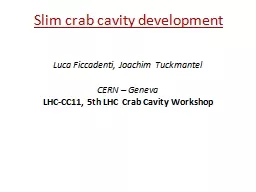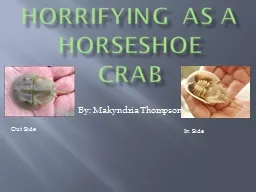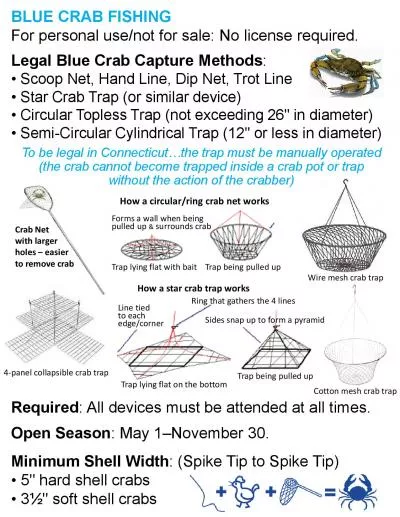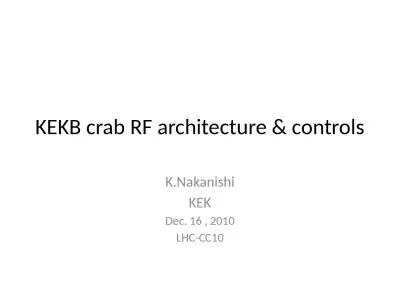PPT-Slim crab cavity
Author : pamella-moone | Published Date : 2016-07-24
development Luca Ficcadenti Joachim Tuckmantel CERN Geneva LHCCC11 5th LHC Crab Cavity Workshop Brief Introduction Our goals Classical cavity body elliptical
Presentation Embed Code
Download Presentation
Download Presentation The PPT/PDF document "Slim crab cavity" is the property of its rightful owner. Permission is granted to download and print the materials on this website for personal, non-commercial use only, and to display it on your personal computer provided you do not modify the materials and that you retain all copyright notices contained in the materials. By downloading content from our website, you accept the terms of this agreement.
Slim crab cavity: Transcript
Download Rules Of Document
"Slim crab cavity"The content belongs to its owner. You may download and print it for personal use, without modification, and keep all copyright notices. By downloading, you agree to these terms.
Related Documents














